Target is an American big box department store chain headquartered in Minneapolis, Minnesota. It is the eighth-largest retail company in the United States and is a component of the S&P 500 index. The company began in 1962 as the discount division of Dayton’s department store. Since then, it has grown into one of the country’s largest retailers. It currently employs over 500,000 people. Target’s retail locations operate nearly 8,000 stores in all 50 states.
Demographics
When developing a marketing campaign, you should consider the demographics of your target audience. These characteristics are innate to an individual and include age, gender, family status, and education. For example, a luxury car salesperson might target middle-aged men in their forties. In contrast, a retailer like Wal-Mart will likely market to middle-class and lower-middle-class families. You should also think about what your target audience is looking for.
The demographics of Target shoppers show that they are primarily white. However, they have shown strong growth among Hispanic millenials since 2012. Just four years ago, less than ten percent of their shoppers were of Latino ancestry. Now, that number is north of twenty percent, and it is expected to continue to rise. In addition to its lower-income base, Target is more geared toward older customers, which are more likely to spend money on electronics than on clothing and houseware.
Psychographics
A marketing strategy that uses psychographics can help a business understand and appeal to its target audience. Although it may be a bit more complex to read than demographics, psychographics are still a great way to identify the needs and desires of a target audience. Some psychographic factors to consider include hobbies, interests, and regular activities. Understanding these factors will help you to tailor your marketing messages and content to the needs and interests of your target audience.
A common mistake marketers make is assuming that the only way to target an audience is by measuring their age, income, and gender. However, this isn’t always the case, and research on psychographics can help marketers understand the needs and interests of an audience. For example, if you’re targeting a family with children, psychographics can tell you how the buyer feels about the type of food and drink they consume.
Indirect target group
The Indirect Target Group is comprised of people who are not directly targeted by a project. This group of people often plays an important intermediary role in the success of a project. Therefore, it should be taken into account when designing a project. In this project, the direct target group is primary school children aged 9-12 years old. Indirect targets are school teachers. The project aims to strengthen their skills and profile. It is intended to address the complex needs of children who are experiencing various types of disadvantages.
A key element of indirect marketing is providing relevant information to consumers. Consumers seeking information may buy from a seller after learning more about a product. For example, a consumer who is searching for red shoes might click through to a website selling blue shoes to learn more about the latter. After learning about the price difference between the two, the consumer may buy another product. However, the Indirect Target Group has a number of benefits over direct marketing.
Needs assessment
The needs assessment process involves gathering relevant information about a target population segment. Data collection methods vary depending on the objectives of the study. For quantitative data, a need assessment may include age, level of education, income and employment, or a combination of these factors. Qualitative data may include attitudes, likes and dislikes. Data collection methods may be personal observation, surveys, or interviews. Using these methods, you will have a clear understanding of the needs of a target audience.
A good needs assessment includes outreach to the community to identify challenges and needs. Identifying unmet needs can help you develop future programs and services. The results of the needs assessment can be used to prioritize initiatives based on how they will most positively impact the target population and maximize opportunities to increase revenue. Once the results are analyzed and prioritized, the results should be merged with the strategic planning process and organizational performance measures to determine the best ways to achieve the target population’s needs.



